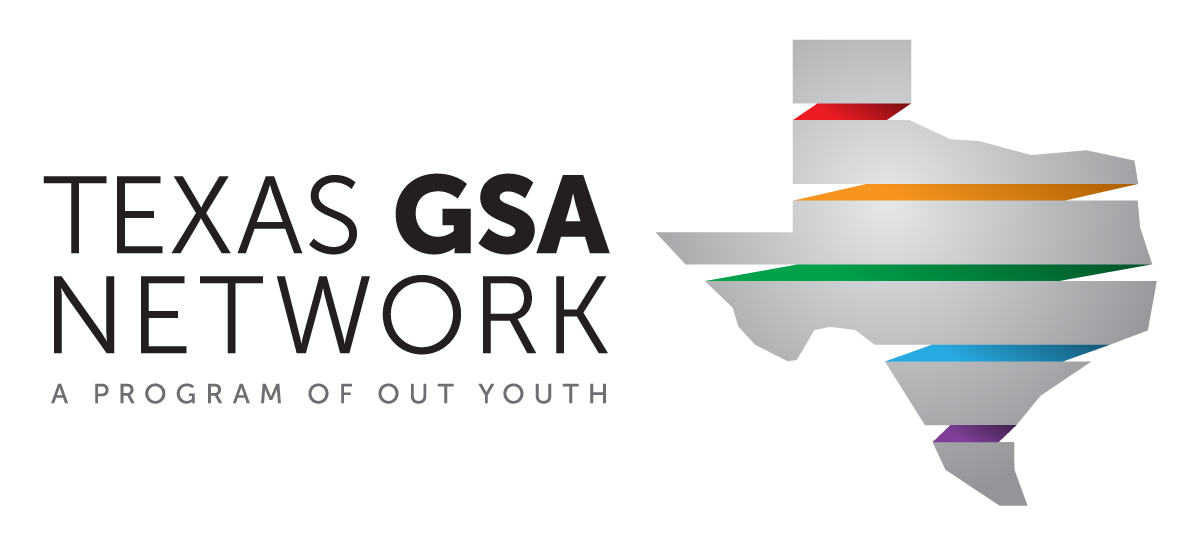TOOLKIT: Starting a GSA
Starting a GSA
Follow Your School’s Guidelines
Establish a GSA at your school the same way you would establish any other group or club. Check your Student Handbook for the rules on starting a club at your school. You may need permission from an administrator, and you will most likely need to find an advisor and/or write a constitution. Be sure to check out these great tips from GLSEN for jumpstarting your GSA!
Find a Faculty Advisor
Find a teacher or staff member who you think would be supportive or who has already shown themselves to be an ally around sexual orientation and gender identity issues. Your advisor may be a teacher, counselor, nurse, or librarian.
Inform Your School’s Administration of Your Plans
Tell administrators as soon as possible of your plans to create a GSA. It can be very helpful to have an administrator on your side. They can work as liaisons on your behalf with other teachers, parent groups, community members, and the school board. If an administrator is resistant to the GSA, let them know that studies show that GSAs are found to benefit the wider school climate and not only those who are members of GSAs or the LGBTQIA2+ students in a school, in addition to improving school safety, inclusiveness, and student civic engagement. You can also tell them that forming a GSA club is protected under the Federal Equal Access Act. Also, contact the Texas GSA Network.
Inform Your School’s Guidance Counselors about the GSA
They may know students who would be interested in attending the group. You can also inform your librarian, any social workers or other supportive faculty and staff.
Acquire a Regular Meeting Space
You will most likely need to find a meeting space for the group that offers some level of privacy or confidentiality. You may also need permission from an administrator to be able to use or reserve a space for your club.
Advertise!
Figure out the best way to advertise the GSA to your peers at school. It may be a combination of school bulletin announcements, flyers, and word-of-mouth. Also bring food to special events like club fairs, and to regular meetings. People are far more likely to come to meetings when you provide snacks! Advertising for your GSA with posters that demonstrate the issues important to your members, like “End Homophobia” or “Bathroom access now!” or “Discuss sexual and gender identity at GSA” has the added benefit of educating your school and making other students feel safer–even if they never attend a single meeting.
Hold Your First Meeting!
You may want to start with icebreakers and sharing preferred names and pronouns with one another. Also, it may be good for members to start with a discussion about why people feel that having a GSA at your school is important. You can collaborate and brainstorm things your club would like to do this year.
Establish Ground Rules
Club or group rules ensure that group discussions are safe, confidential, and respectful. Many GSA groups have a ground rule that no assumptions or labels are used about a group member’s sexual orientation or gender identity, unless they are willing to disclose that of their own accord. This can help make straight allies feel comfortable about attending the club.
Plan For The Future
Develop an action plan or meeting agendas in advance. Brainstorm potential activities, games, and discussions. Set goals for what you want to work toward. Plan for big events in advance. Contact the National Genders & Sexualities Alliance Network and the Texas GSA Network to get connected to other GSAs, receive support, and learn about what else is going on in the LGBTQ+ community.
Register Your GSA
Now that you have started it up, register your GSA with the Texas GSA Network! You can also visit the National GSA Network to register your state’s GSA, if you are outside of Texas.
